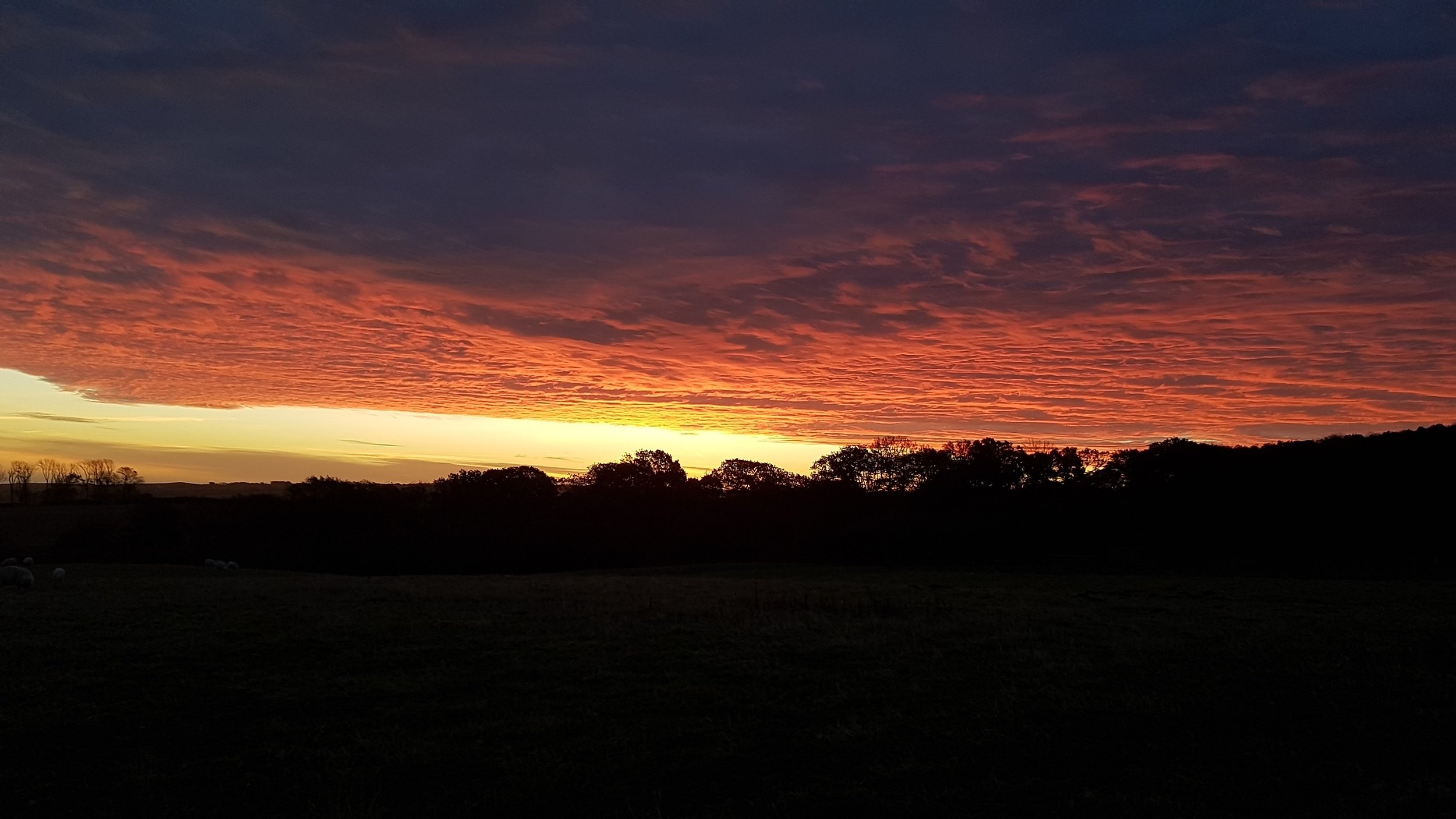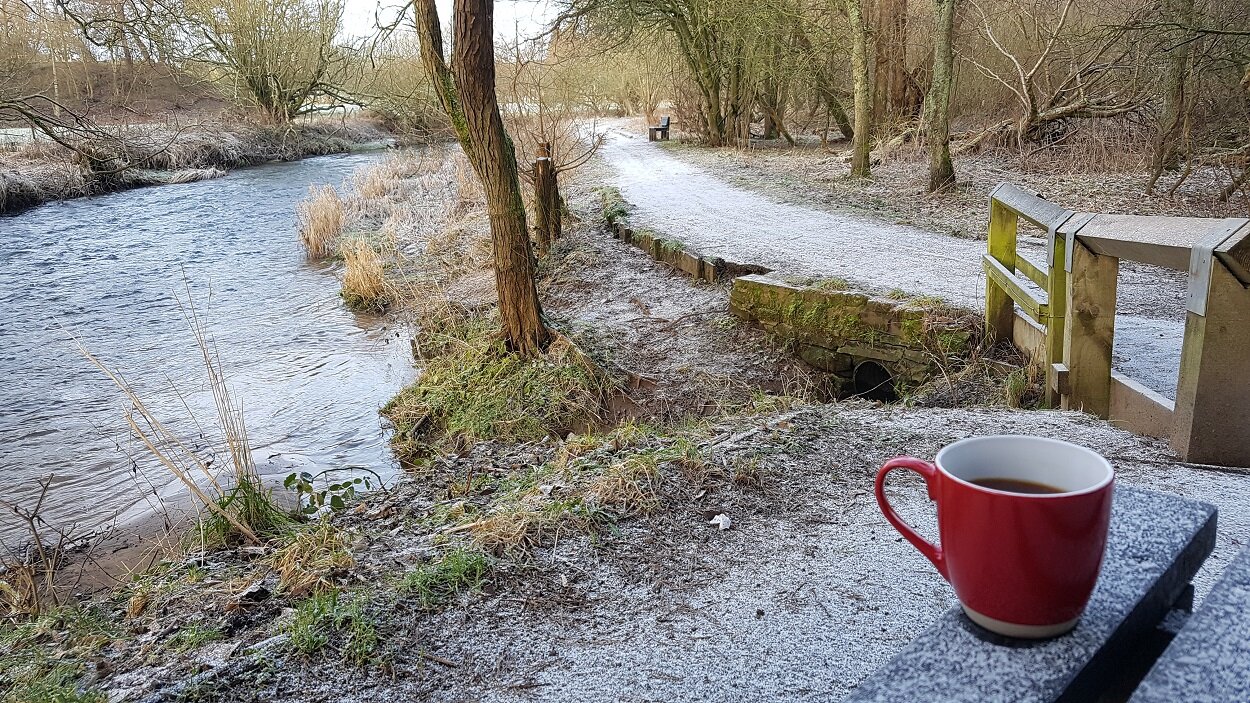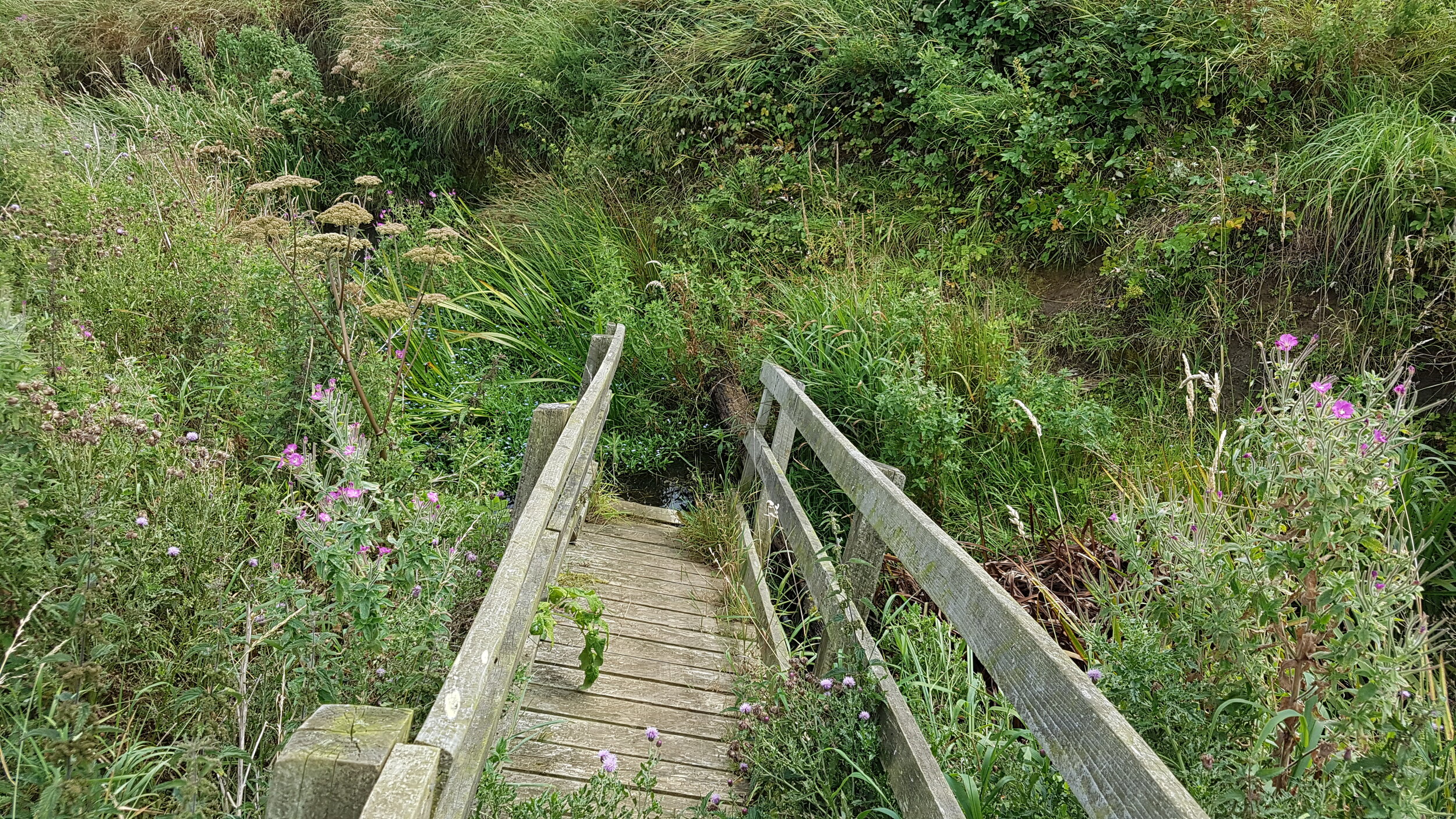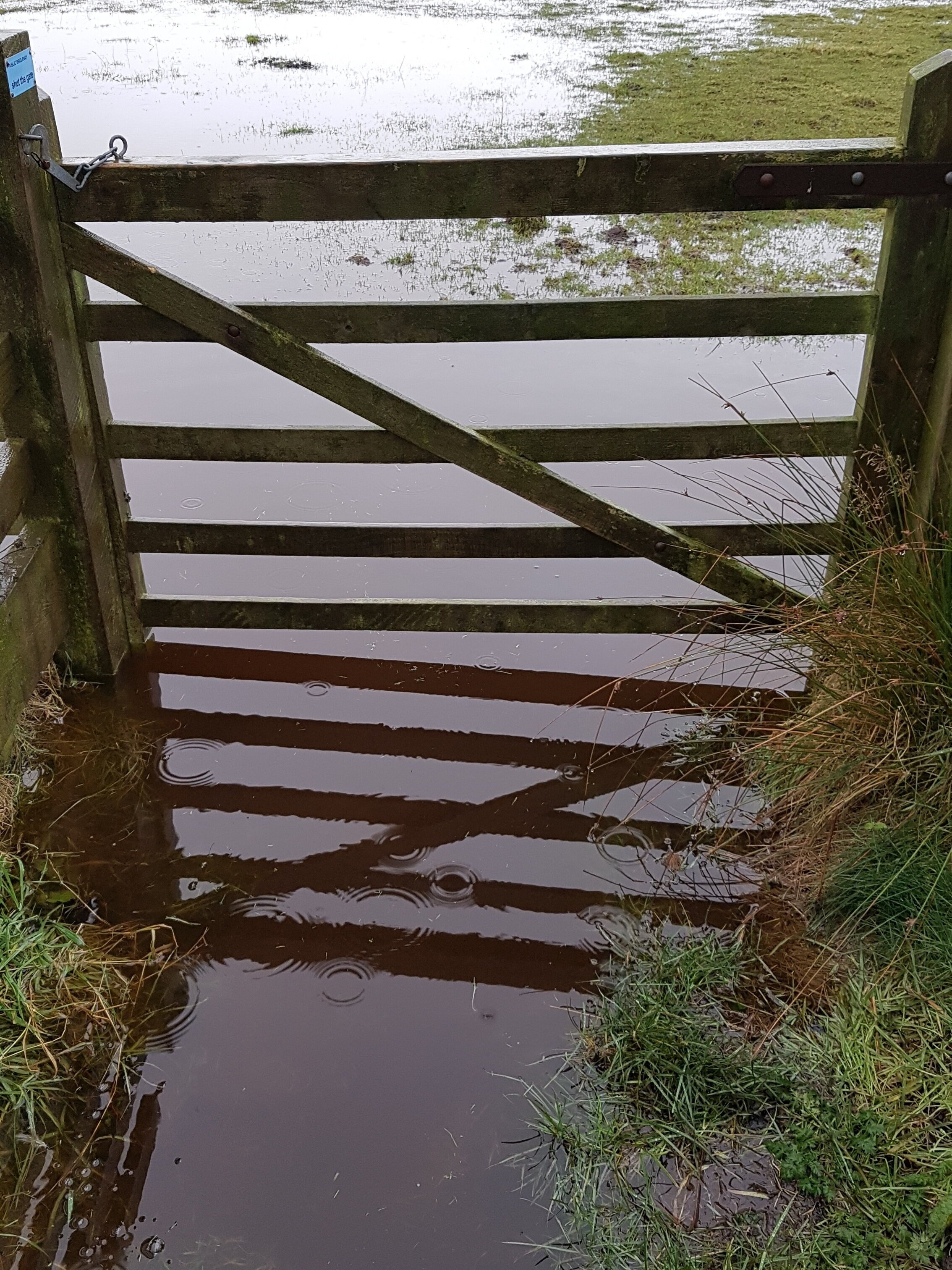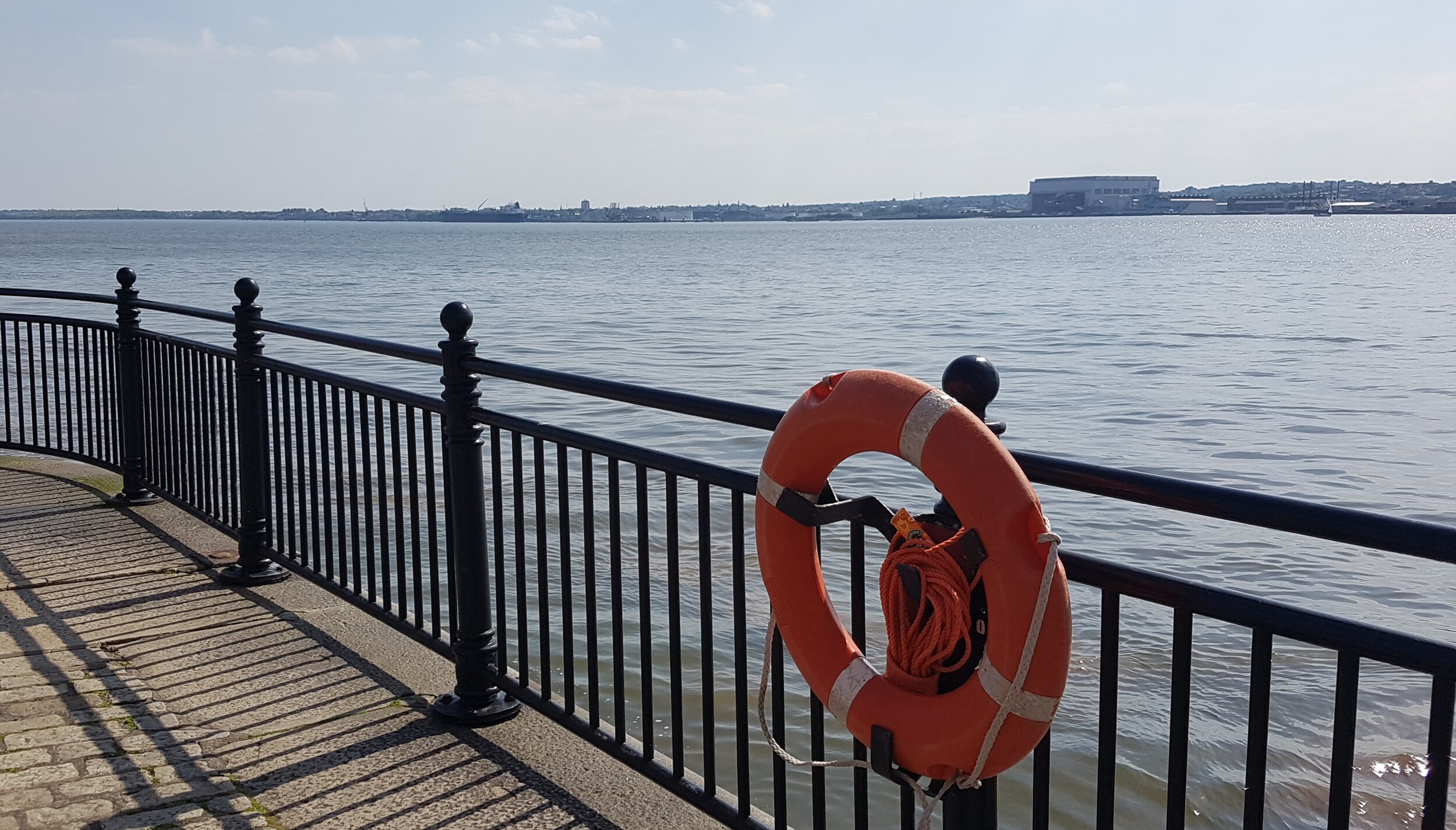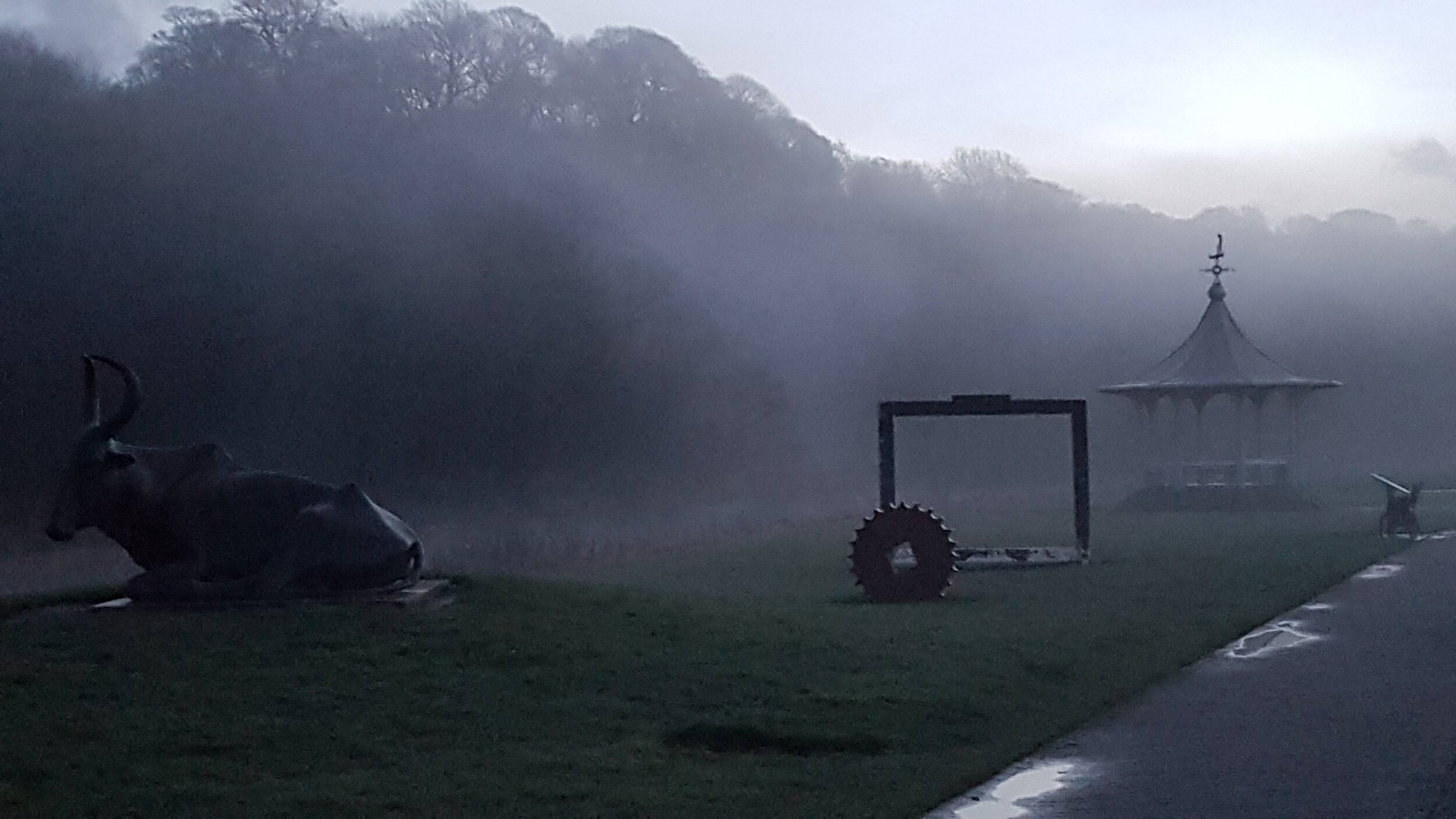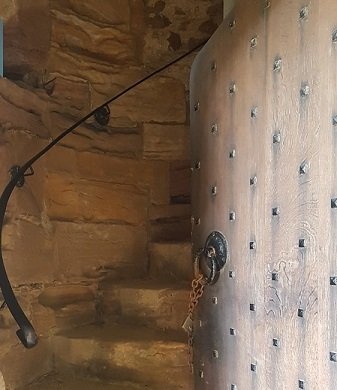
Blogs and self-help guides
Well-being articles and tips
Welcome to my therapy blog, a space dedicated to supporting your personal development and overall well-being. Here, you’ll find a variety of articles and tips on topics such as journaling, self-care, and mental health. Whether you’re navigating student life, curious about online therapy, or seeking guidance on grief and bereavement support, this blog covers a range of helpful resources.
Explore sections on seasonal self-care, journaling prompts for well-being, guides for student-related challenges and information relating to grief. I also offer insight into therapy, including whether online sessions are a good fit and about speaking to a therapist is different to talking with a friend.
My goal is to provide you with practical tools and information to enhance your well-being, wherever you are on your journey.
Journaling guides and ideas
Journaling can be a powerful tool for navigating challenges, calming intense emotions, boosting self-awareness, and building resilience. Whether you're a seasoned journaler or just starting out, these blogs provide a variety of techniques, prompts, and creative ideas to enrich your journaling practice:
Well-being tips
For practical self-help articles aimed at enhancing your well-being, explore the following blogs. You'll find a variety of topics, including managing loneliness, the connection between nature and mental health, and handling anger. Each blog offers helpful self-care techniques, reflective questions, and effective coping strategies:
Students
Student life can be demanding at times. Whether you're currently at university or preparing to start your journey, these blogs might offer valuable insights. They explore common challenges, like procrastination and exam stress, and provide practical tips for navigating them:
Seasonal self-care
As seasons change and holidays approach, new challenges can arise. These blogs provide guidance, reflective exercises, and practical tips to help you maintain your well-being year-round:
Grief & bereavement
Losing a loved one, whether a person or a cherished pet, can be an incredibly painful and isolating experience. These blogs provide guidance and support to help you or someone you know navigate the grieving process:
Therapy FAQ blogs
These articles dive deeper into common questions you may have about counselling, offering more detailed insights than the FAQ page. Topics include deciding if online counselling is right for you, how therapy differs from talking to a friend, and more:
Journaling ideas - Images as prompts
Are you looking for new journal writing ideas?
Are you stuck on what to journal about?
This blog looks at how we can use images to gain new perspectives, access deeper levels of our psyche and bring more creative ideas into journaling.
This blog also contains images that can be used as journal prompts.
Journal prompts using images
Images can lead to powerful journal entries. It is thought that images and symbols bypass our logical mind and help us access subconscious aspects of ourselves. I’ve sometimes been surprised by what has come out in my writing when I have used images to reflect on.
I hope by the end of this article you will feel confident in using images as prompts for your journal.
Sources of images
You can find images to use from:
Magazines;
Books on art;
An internet search for images;
Image cards that are designed for coaching or therapy;
Tarot or angel cards;
Social media posts;
Stock image websites;
Photographs. I’ve included some photos later on that you may want to try journaling with.
The purpose of using images for Journaling
Using images for journaling has the potential to:
access the subconscious mind;
explore issues or ideas from a different angle;
add creativity to journaling;
act as journal prompts if you don’t know what to write about.
How to use images for journaling
In this section, I will offer some suggestions for journaling with pictures. However, this is just a guide to get you started and you may find your own way of working with them.
Allow yourself to go with the flow of what you are writing. Rather than trying to hold in mind any suggestions you’ve read. You may find when you use images that your writing will take a direction that you had not anticipated. You could start writing about the image and before you know it you are writing about something else. That is absolutely okay. There are no hard and fast rules to this. Journaling is about opening up our awareness and going where ever it takes you. There is no right or wrong way to do this.
Selecting an image to work with
Earlier I discussed possible sources of images. Maybe you have found one or two you feel drawn to, or maybe there are too many that it is difficult to decide which one to use. Here are some ideas for selecting an image for journaling with:
Pick an image at random:
Images from a website or an internet search - use the first image you see, or close your eyes point at the screen then use the one you are pointing to;
Image cards - give them a shuffle and pick one at random;
Book - open the book at a random page and use the first picture you see.
Lay out a range of images (digitally or physically) and see which one you are most drawn to. Journal what it is about that image that drew you to it;
Look at images until you find one you dislike or have a strong reaction to. It’s interesting what can come from images we feel negative about or want to avoid. You may want to write about your reaction to it.
Images
Below are a few random photos I have taken. You may want to try using one or more of these to get started.
Suggestions on working with images
In this section, I will use the following image as an example. You may want to work through the following along with me.
I chose this picture as it contains a lot of symbolism. Hopefully, making it easier for you to project your own thoughts and feelings onto it.
Exploring the image
Questions to reflect on
What feelings do you experience as you look at the image? In the picture above I get a sense of anticipation and adventure. What do you feel?
What elements do you see in the image? I see a door, a padlock, spiral staircase.
What part of the image are you most drawn to? I feel drawn to the door.
Writing from a different perspective
From one of the objects in the image
Try becoming one of the elements in the image (e.g. the door) and write from that perspective. For example, ‘I am the door. I am open and welcoming. I allow passage up the stairs so you can see the surrounding countryside from a different perspective. I could do really do with a fresh perspective on the latest project I am undertaking. I feel I am too close to it that I am not able to see the full range of opportunities available to me.
This example shows how you can start from one perspective, only for it to open up to something that you are facing right now. In this case, I was the door but I ended up realising I could do with stepping back and reviewing things with fresh eyes or getting someone else’s advice.
As if you are in the actual image
Using your imagination to step into the image can be an interesting way to use an image for journaling. Here are some suggestions if you are not sure how to start:
Take a deep breath and relax your body;
Imagine yourself stepping into the image;
What can you see, hear, smell, and feel?
Is there anyone else there or are you alone?
Is there an action you want to take e.g sit down, walk, dance, etc?
What happens next?
At the end of this exercise, retrace your steps, step out of the photo, and back into your body. Don’t omit this step, as it is important to ground yourself back into the here and now.
An Example:
‘I step into the image. It is a comfortable temperature, the birds are singing and I feel at ease. I am facing the staircase and there appears to be no one else here but me. There is a padlock on the door but it is unlocked and I have a sense of being welcomed into the tower. It is as if the tower is offering me something and wants me to climb its steps. The stairs look steep and I know it will be a long slog up them. I take it one step at a time, urged on by a feeling that there is someone waiting for me at the top. I make it and the perseverance paid off. I am welcomed by a wise guide, who points out the incredible views from the top. It is a clear day and I can see for miles. The guide offers me encouragement about a project I have been putting off. They point out how I made it to the top of the tower by breaking down the task one step at a time. That is what I need to do to reach my goal. The guide explains just like the tower view, the effort the project requires will be worth the perseverance and planning.
Write a story
Try writing a story related to an image. I will use the same image as in the previous section. You can also use this or chose one of your own.
When writing your story remember this is only for your own journaling. It is a medium for tapping into your deeper self. It doesn’t have to be:
polite or ethical;
technically correct (grammar, spelling, ect);
interesting for others to read;
a novel-length piece.
If you are not sure where to start here are a couple of ideas:
Write the sentence ‘once upon a time, there was …. who came across …… (the image). [continue from there]. For example, ‘once upon a time, there was a lonely rabbit who came across a stone staircase. The rabbit was intrigued as to what it would find at the top of the tower. Yet the steps were too big for the rabbit to hop onto.’
Another idea if you are stuck is to try answering the following questions. Then start writing your story:
Who is in the story?
What is going on in the picture?
Where is this place?
When is this story set?
Why is the image play a role in the story?
How does the story begin?
Reflecting on your story
Read your story back to yourself. Then journal:
Any emotions you experience as you read it?
Is this a familiar emotion?
Do the characters in your story remind you of anyone you know?
Are any aspects of yourself that are a bit like one of the characters?
Does the story reflect issues or successes from your past or present?
Does the story capture any of your hopes or dreams?
Does your story give you any creative solution to a current problem?
If not, that is okay. You might not be ready to see something yet or it may just have turned out to be a random story. It can take a bit of practice to totally let go and allow your writing to flow spontaneously.
You could try leaving the story for a bit of time. Then revisit it with fresh eyes at a later date.
In my example of the rabbit. As I read the story back I experience excitement followed by disappointment. I want the rabbit to experience what is at the top of the tower but it seems impossible for it to get up the steps. The rabbit reminds me of myself when I set a goal too big. I get the initial excitement that turns into frustration when I’m not making any progress. This story reminds me that I need to make the steps smaller, or ask for help, so I can start to make my way up them.
Resources
Beginners guide for starting a reflective journal for well-being
Reviews of journaling books
Therapy and journaling
Journaling can be a powerful medium for increasing self-awareness. It can be used as a tool alongside therapy or by itself. However, journaling may bring some difficult feelings or issues to the surface that were previously pushed down and denied. If that is the case then you might find therapy helpful. If you want to know more or book an appointment please get in contact with me
















